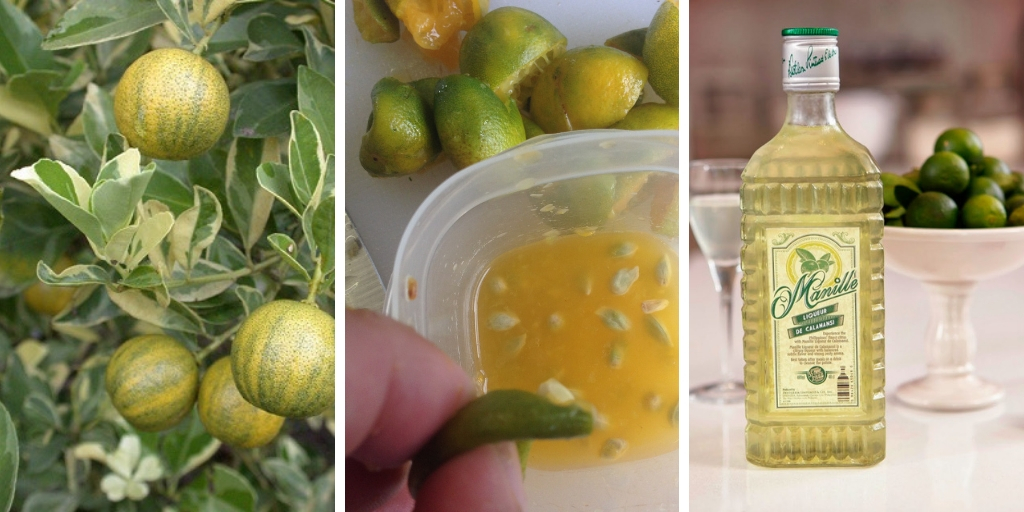There is no doubt that Calamnsi is one of the most coveted and desired plants due to its healthy and ornamental values. It is widely used in medicine, in making juices and ice creams, and in decoration. Calamansi is native to Asia, thus, it requires warmth and heat to grow. However, it is also possible to grow Calamansi in cold weather following the below guide.
-
Soil requirements
Growing Calamnsi in cold weather differs from growing it in a temperate. In temperate climates, Calamansi grows outdoors without problems since the soil temperature is adequate for this plant. However, in cold weather, outdoor soil temperature is low therefore you should start your plant indoors.
You should grow Calamansi in a slightly acidic soil. You should also make sure that the soil you are planning on using to grow Calamansi is well drained and a bit sandy. Add manure or compost to make the soil rich in organic matter.
2. Propagation

You can propagate Calamansi by seeds and cuttings. However, in cold areas, it is highly recommended to start from seeds so your plant will acclimate to the cold weather. It is also recommended to use fresh seeds from a Calamansi tree rather than store-bought seeds.
3. Planting
You should choose a large wide container to plant your seeds otherwise you will have to transplant them. Transplanting Calamansi in cold weather may shock your plant. Poke two inches holes in the soil. Sow one seed per hole. You should leave a distance of 2 to 3 inches between each hole in all directions.
4. Irrigation
Although Calamnsi has high water needs, you shouldn’t water it too much in cold weather. Irrigate your tree once a weak in Fall and winter. In spring and summer, you should water your Calamansi 2 to 3 times each week. Overwatering and underwatering are both harmful to Calamansi. You should avoid them both. In order to do that, check out the top 2 inches of the soil to see whether they are dry or moist. If they are moist, your plant does not need any water. You can also add some vinegar to the water in order to increase the acidity of the soil.
5. Feeding
You should feed your Calamansi with a balanced fertilizer that contains nitrogen, potassium, and phosphorous during the first year. Starting from the second year, you should apply a fertilizer that is rich in potassium more than nitrogen to promote fruits growth rather than foliage growth. It is significant to increase, the dose of fertilization as your plant grows older.
6. Pruning
You should remove any dead branches and diseased leaves. Pruning is extremely important as it promotes both the growth and the productivity of Calamansi. This article will show how to prune Calamansi.
7. Pests and diseases
Since you are growing Calamansi indoors, there are not many pests that impose a threat to your plant. Nonetheless, you should be careful of the fruit fly. Most of the diseases that may infect your plant are related to overwatering and watering. Avoid these two and you will avoid many problems. You should also be careful of leaf mottling. If your plant gets diseased, you should remove the infected leaves and branches than apply insecticide to your plant.
8. Harvesting
Calamansi usually takes 3 years to start producing fruits. Harvesting Calamnsi is extremely easy. All you need to do is to pick up the fruits by hand. You can either consume them or store them. You will have three weeks to decide what to do with them.
This is the best guide to grow Calamansi in cold weather. Follow this guide and your Calamansi tree will grow, thrive and produce a rewarding yield.



